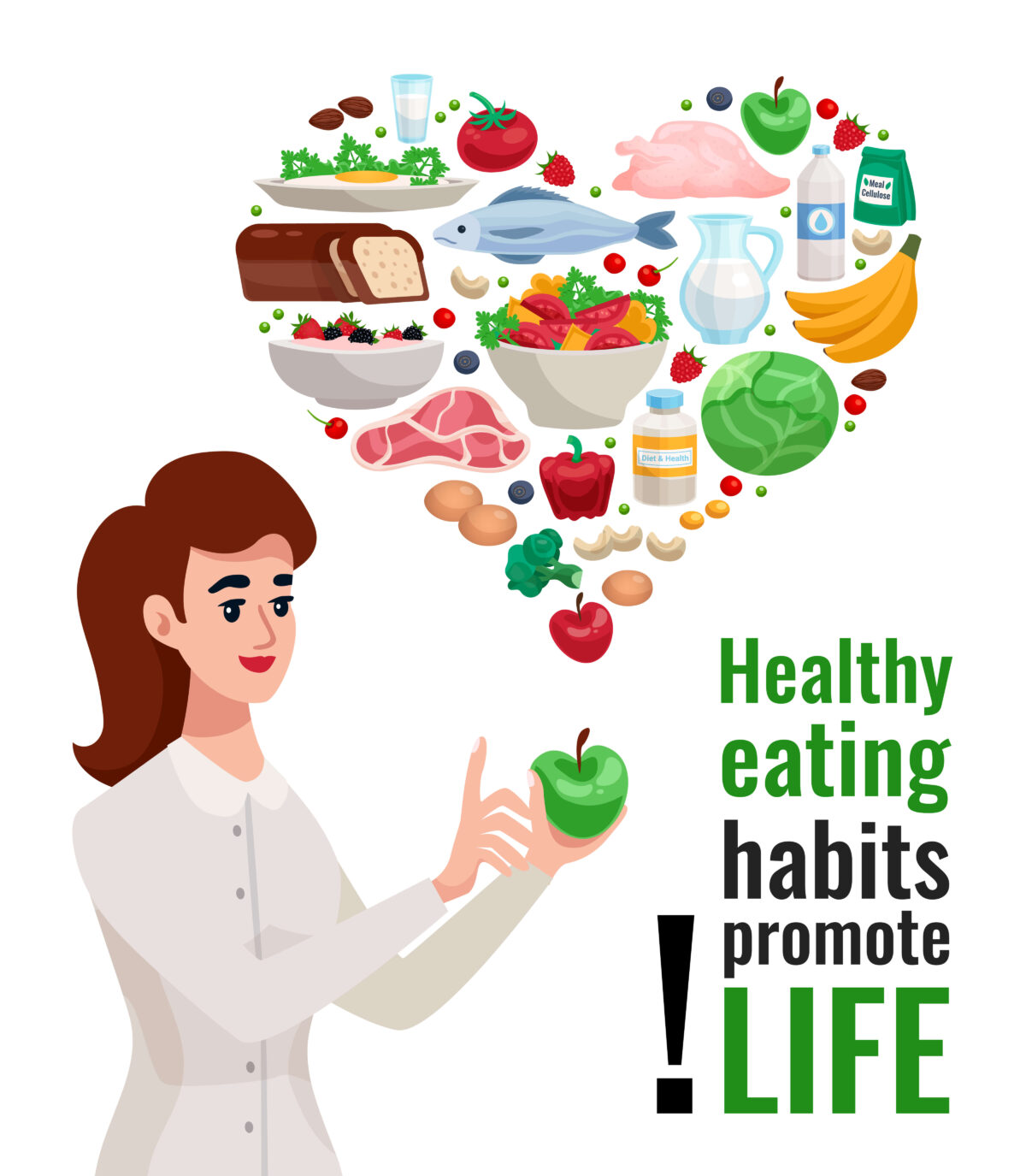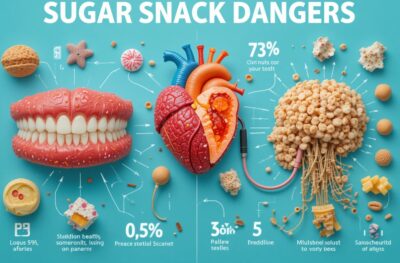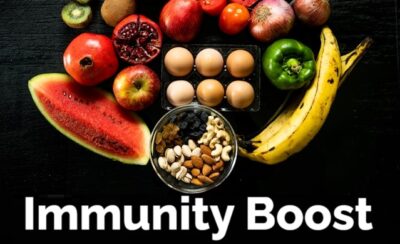How Can You Achieve a Healthy Daily Diet Balance?
Maintaining a balanced diet is crucial for overall health and well-being. But how can you ensure your daily meals provide all the nutrients your body needs? This comprehensive guide explores practical strategies, backed by science, to help you achieve a healthy daily diet balance.
Table of contents
- How Can You Achieve a Healthy Daily Diet Balance?
- 1. What Is a Balanced Diet?
- 2. Why Is It Important to Balance Your Diet?
- 3. How Can You Plan Your Meals Effectively?
- 4. What Are Practical Examples of Balanced Meals?
- 5. How Can You Address Common Challenges?
- 6. What Role Does Hydration Play in a Balanced Diet?
- 7. Can a Balanced Diet Include Treats?
- 8. How Can You Monitor Progress?
- 9. Conclusion
1. What Is a Balanced Diet?
A balanced diet provides the body with essential nutrients, including carbohydrates, proteins, fats, vitamins, minerals, and water, in appropriate proportions. It supports bodily functions, enhances immunity, and promotes energy and vitality.
Key Components of a Balanced Diet:
- Carbohydrates: Provide energy. Found in whole grains, fruits, and vegetables.
- Proteins: Build and repair tissues. Sources include lean meats, fish, eggs, and legumes.
- Fats: Support brain health and hormone production. Focus on healthy fats like those in nuts, seeds, and avocados.
- Vitamins and Minerals: Regulate body processes. Found in colorful fruits and vegetables.
- Water: Essential for hydration and overall body functions.
2. Why Is It Important to Balance Your Diet?
A balanced diet prevents deficiencies, reduces the risk of chronic diseases, and promotes longevity. For example, a lack of calcium and vitamin D can lead to osteoporosis, while excessive sugar intake increases the risk of type 2 diabetes.
Evidence:
- A comprehensive study published on PubMed explores key findings in medical research, provides evidence-based insights into health and wellness, and demonstrates the importance of diet in cardiovascular health.
- Data from the World Health Organization (WHO) confirms that poor dietary habits are a leading cause of preventable health issues worldwide.
3. How Can You Plan Your Meals Effectively?
Effective meal planning ensures your diet is nutritious and diverse. Here are actionable steps to follow:
Follow the Plate Method:
- Fill half your plate with vegetables and fruits.
- Allocate a quarter to lean protein sources.
- Reserve the last quarter for whole grains.
Incorporate Variety:
- Rotate food choices to include a wide range of nutrients.
- Example: Alternate between quinoa, brown rice, and barley for grains.
Practice Portion Control:
- Use smaller plates to avoid overeating.
- A practical measure: A serving of protein should be the size of your palm.
Plan Ahead:
- Prepare meals in advance to avoid reliance on unhealthy options.
- Keep healthy snacks like nuts and yogurt on hand.

4. What Are Practical Examples of Balanced Meals?
Here are examples to inspire your daily diet:
Breakfast:
- Whole-grain toast with avocado and a boiled egg.
- A smoothie made with spinach, banana, almond milk, and chia seeds.
Lunch:
- Grilled chicken salad with mixed greens, cherry tomatoes, and olive oil dressing.
- Lentil soup with a slice of whole-grain bread.
Dinner:
- Baked salmon with quinoa and steamed broccoli.
- Stir-fried tofu with brown rice and mixed vegetables.
Snacks:
- Fresh fruit slices with a handful of almonds.
- Low-fat Greek yogurt with honey and berries.
5. How Can You Address Common Challenges?
Busy Schedules:
- Solution: Prepare meals in batches during weekends.
Budget Constraints:
- Solution: Purchase seasonal produce and buy in bulk to reduce costs.
Dietary Restrictions:
- Solution: Explore suitable alternatives, such as plant-based milk for lactose intolerance.
6. What Role Does Hydration Play in a Balanced Diet?
Staying hydrated is as important as eating well. Water aids digestion, regulates body temperature, and transports nutrients. Aim to drink at least 8 glasses of water daily, adjusting for activity levels and climate.
7. Can a Balanced Diet Include Treats?
Yes, moderation is key. Enjoying occasional treats like a piece of dark chocolate or a small serving of dessert is fine as long as it doesn’t dominate your diet.
8. How Can You Monitor Progress?
- Track meals: Use apps like MyFitnessPal to log your food intake.
- Set Goals: Start with small changes, such as adding an extra serving of vegetables daily.
- Regular Check-Ins: Evaluate energy levels, weight, and overall health monthly.
9. Conclusion
Achieving a healthy daily diet balance is possible with thoughtful planning, variety, and portion control. By following the tips outlined here, you can enjoy better health, increased energy, and a reduced risk of chronic diseases.
Sources:
- Harvard T.H. Chan School of Public Health. (N.d.) “Nutrition and Healthy Eating”
- Mayo Clinic. (n.d.). “Balanced Diet Overview”
- WHO. (2023). “Diet and Chronic Diseases”
Image Resources:
- Designed by macrovector / Freepik
- Designed by KamranAydinov / Freepik
- pixabay.com
- unsplash.com
- pexels.com






